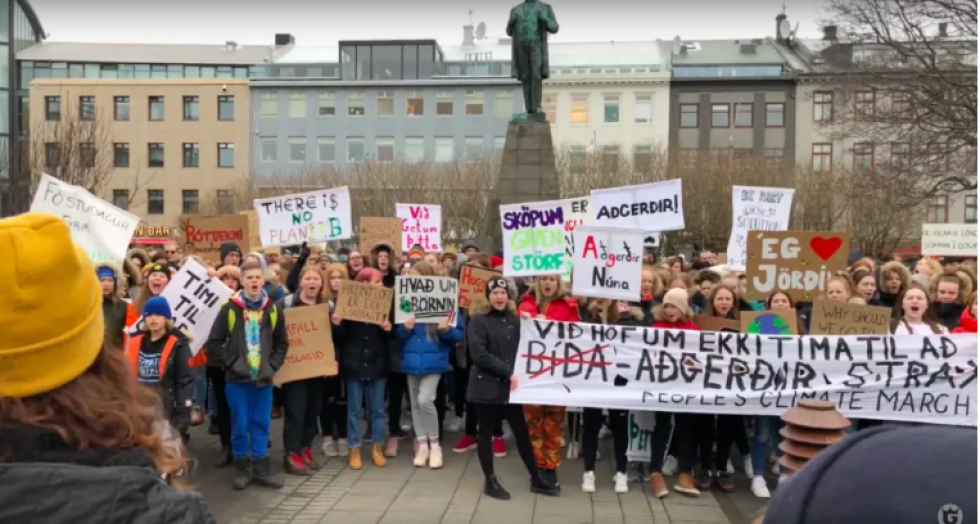Greetings:
What you have here is an independent web platform aimed at two somewhat different but related objectives. For starters . . .
v. 1.0 World Streets: The Politics of Transport in Cities (Since 2008).
 In the first place, you have before you here the full content of World Streets as a collaborative independent “journal of record”, since March 2008 reporting on the winding, often tortuous but often too highly rewarding path toward sustainable transport in and around cities .
In the first place, you have before you here the full content of World Streets as a collaborative independent “journal of record”, since March 2008 reporting on the winding, often tortuous but often too highly rewarding path toward sustainable transport in and around cities .
Mission: Creating and supporting open, generous, international peer networks to improve our city streets and public spaces for all.
To date: Offering as of early Spring 2019 more than two thousand articles and five thousand illustrative photographs, renderings and graphic image)
Contribution: Is World Streets doing its job? (We asked one hundred of our readers for their views.) And one hundred and one responded: CLICK HERE – http://bit.ly/2tmjZOI
Next Steps: Continue publication of World Streets in its current form, but to refocus its central function over the coming decade to the mobility/climate nexus.
2.0 World Streets Climate/Action/Plan, 2019-2020

– – – > START HERE: World Streets Climate/Action/Plan: http://bit.ly/2SGXWNu
For further information: Project Coordinator and managing editor:
Eric Britton
13, rue Pasteur. Courbevoie 92400 France
Bio: Founding editor of World Streets (1988), Eric Britton is an American political scientist, teacher, occasional consultant, and sustainability activist who has observed, learned, taught and worked on missions and advisory assignments on all continents. In the autumn of 2019, he committed his remaining life work to the challenges of aggressively countering climate change and specifically greenhouse gas emissions emanating from the mobility sector. He is not worried about running out of work. Further background and updates: @ericbritton | http://bit.ly/2Ti8LsX | #fekbritton | https://twitter.com/ericbritton | and | https://www.linkedin.com/in/ericbritton/ Contact: climate@newmobility.org) | +336 508 80787 (Also WhatApp) | Skype: newmobility.)
View complete profile

 Someone a lot wiser than me, once told me many years ago: when you are facing a really difficult problem, why don’t you see if you can step back a few paces and put it in a form that you can discuss with children and hear what they may have to say.
Someone a lot wiser than me, once told me many years ago: when you are facing a really difficult problem, why don’t you see if you can step back a few paces and put it in a form that you can discuss with children and hear what they may have to say.
 DRAFT FOR COMMENT AND EDITING
DRAFT FOR COMMENT AND EDITING


 In the first place, you have before you here the full content of World Streets as a collaborative independent “journal of record”, since March 2008 reporting on the winding, often tortuous but often too highly rewarding path toward sustainable transport in and around cities .
In the first place, you have before you here the full content of World Streets as a collaborative independent “journal of record”, since March 2008 reporting on the winding, often tortuous but often too highly rewarding path toward sustainable transport in and around cities .










